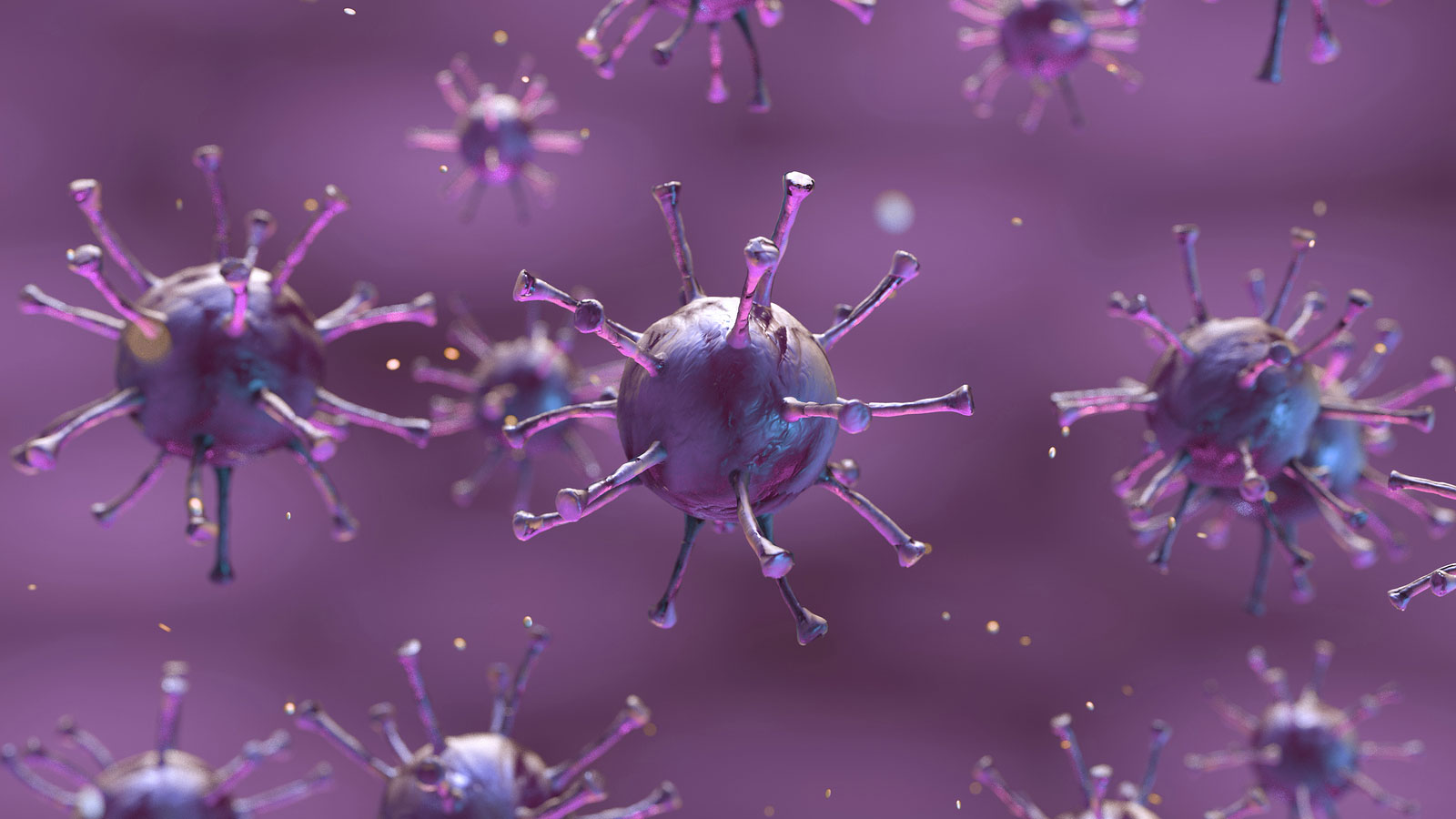
The severe acute respiratory syndrome (SARS) outbreak at the end of 2002 was a global infectious disease epidemic. According to the World Health Organization (WHO), over 8,000 people were infected and over 700 died worldwide. The culprit causing the epidemic was the SARS coronavirus (SARS-CoV), which is named for the coronal or crown shape on the outer membrane of the virus.
At the end of 2019, several unidentified pneumonia cases were found in Wuhan, China, which rapidly spread to all parts of the country and multiple countries around the world. These cases and many others that continue to be reported are due to a newly identified coronavirus, SARS-CoV-2, that is currently under intense scientific scrutiny.
Both the number of patients infected and those that have died from the current coronavirus epidemic now exceed the total of those from the SARS outbreak in 2002. The pathogens that caused both outbreaks belong to the Coronaviridae family. The World Health Organization has recently named the current disease outbreak COVID-19. Currently, there are no effective vaccines or treatments available for this virus, though a novel coronavirus vaccine (jointly designed and developed by the Chinese Center for Disease Control and Prevention, Tongji University School of Clinical Medicine and Stemirna Therapeutics) is expected to enter clinical trials in April.
Mouse models play a critical role in both vaccine and drug development. Studies have shown that SARS-CoV enters the human body by binding to human angiotensin-converting enzyme 2 (ACE2). However, due to structural differences in mouse ACE2 compared to human ACE2 proteins, the SARS coronaviruses exhibit poor tropism characteristics for mouse tissues and are inefficient at infecting mice. As a result of this poor viral tissue tropism in mice, commonly used wild-type mouse strains are not optimal for studying infections of the newly discovered coronavirus. Fortunately, a transgenic model is now available to fill the unmet need for an in vivo experimental platform for COVID-19 research.
Introducing the K18-hACE2 transgenic mouse for coronavirus research
In 2007, Dr. Paul McCray, et al from the University of Iowa published a study in which they introduced a vector carrying a human ACE2-coding sequence into wild-type mice and subsequently developed a successful hACE2 transgenic mouse strain. ACE2 expression, which is regulated by the human cytokeratin 18 (K18) promoter in epithelial cells, was observed in the initially infected airway epithelial cells. Studies showed that the K18-hACE2 transgenic mouse infected with a human SARS-CoV strain via intranasal inoculation would not survive.
The infection would begin in the airway epithelium, spread to the alveoli and finally out of the lungs to the brain. The infection causes infiltration of macrophages and lymphocytes in the lungs and up-regulation of pro-inflammatory cytokines and chemokines in the lungs and brain. Three to five days following infection, K18-hACE2 mice began to lose weight and become lethargic with labored breathing. All died within seven days. These observations support that transgene expression of hACE2 in epithelial cells can convert moderate SARS-CoV infection into a fatal disease.
Furthermore, a recent article published in Nature by Shi Zhengli's team showed that, like SARS-CoV, SARS-CoV-2 also enters human cells through ACE2. This supports the use of the K18-hACE2 transgenic mouse model for COVID-19 research.
As a pioneer in genetics and mouse model research, JAX has a 90-year history of supporting researchers around the world with precisely-developed mouse models of human disease and powerful preclinical research solutions. As an integral part of the JAX mission to improve human health and to ensure that researchers worldwide have access to this model, JAX is utilizing its state-of-the-art breeding techniques to grow a new K18-hACE2 transgenic mouse colony rapidly.
For researchers interested in this strain, order online.
About The Jackson Laboratory
The Jackson Laboratory (JAX) is an independent, nonprofit biomedical research institution with more than 2,200 employees. Headquartered in Bar Harbor, Maine, it has a National Cancer Institute-designated Cancer Center, a genomic medicine institute in Farmington, Conn., and facilities in Ellsworth, Maine, Sacramento, Calif., and Shanghai, China. Its mission is to discover precise genomic solutions for disease and empower the global biomedical community in the shared quest to improve human health.
Founded in 1929, JAX applies its nine decades of expertise in genetics to increase understanding of human disease, advancing treatments and cures for cancer, neurological and immune disorders, diabetes, aging, and heart disease. It models and interprets genomic complexity, integrates basic research with clinical application, educates current and future scientists, and empowers the global biomedical community by providing critical data, tools, and services. JAX is the world's source for more than 11,500 strains of genetically defined mice, is home of the Mouse Genome Informatics and Mouse Phenome databases, and is a hub for scientific courses, conferences, training and education.
With ever-increasing precision, JAX identifies the genetic and molecular bases of disease and marshals its strengths in genomics and modeling to discover individualized treatments and cures. Their work will make medicine more precise, predictable, and personal, improving care, lowering costs and increasing lifespan and healthspan.